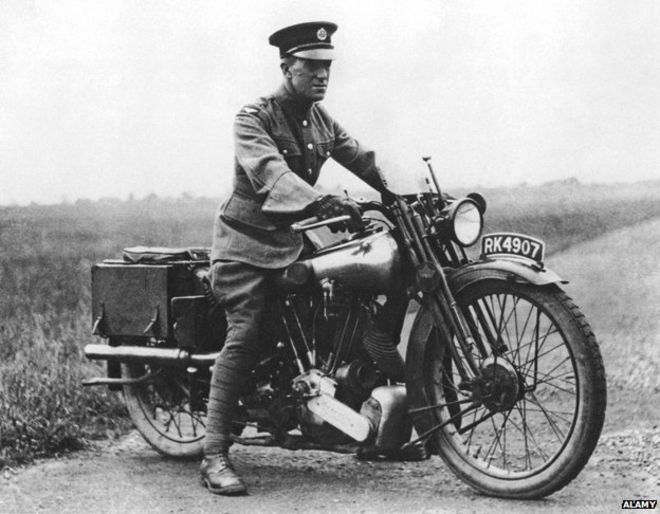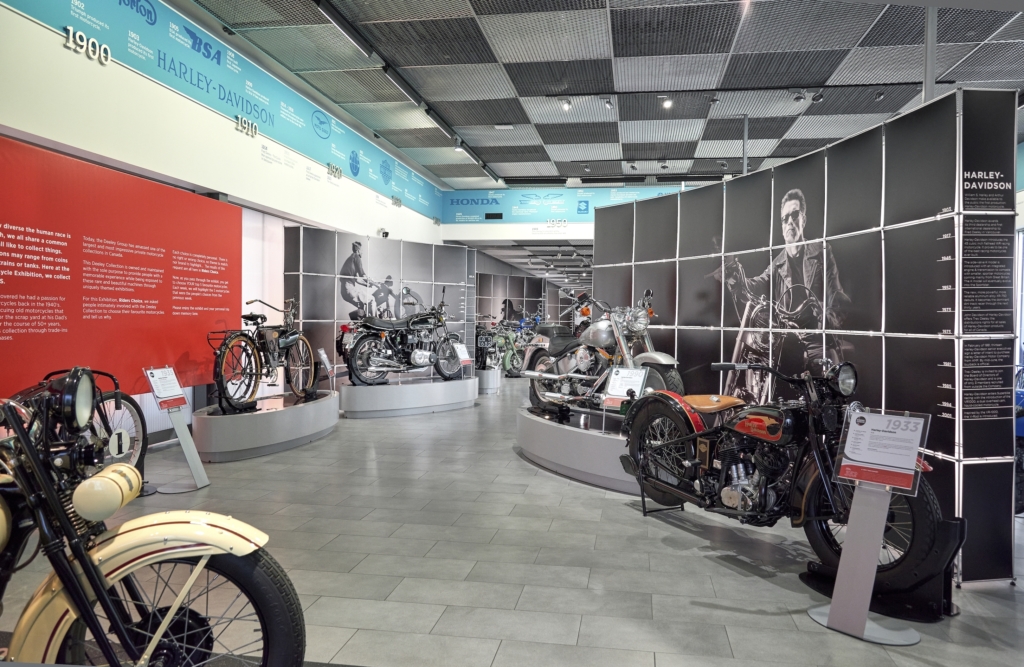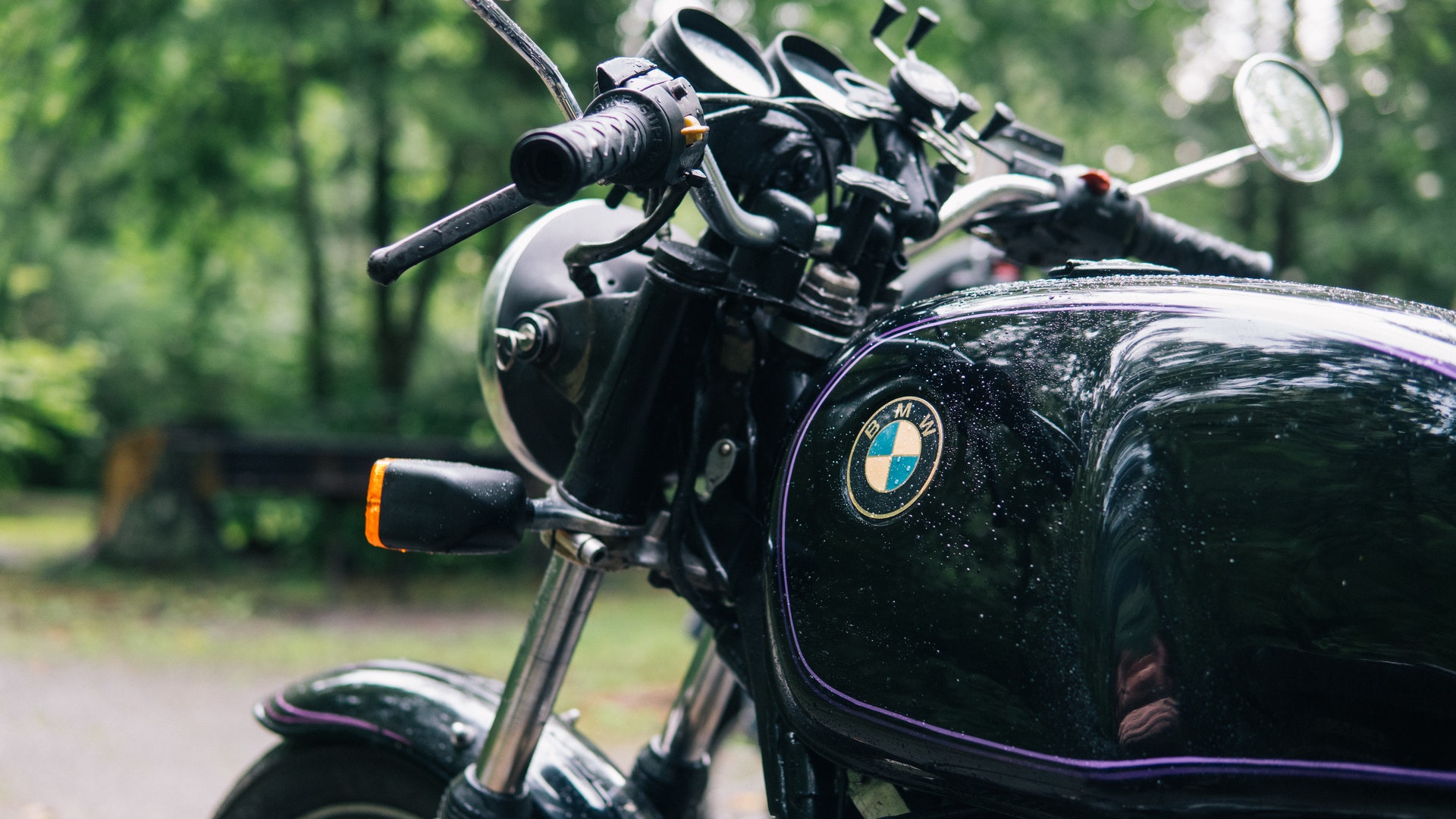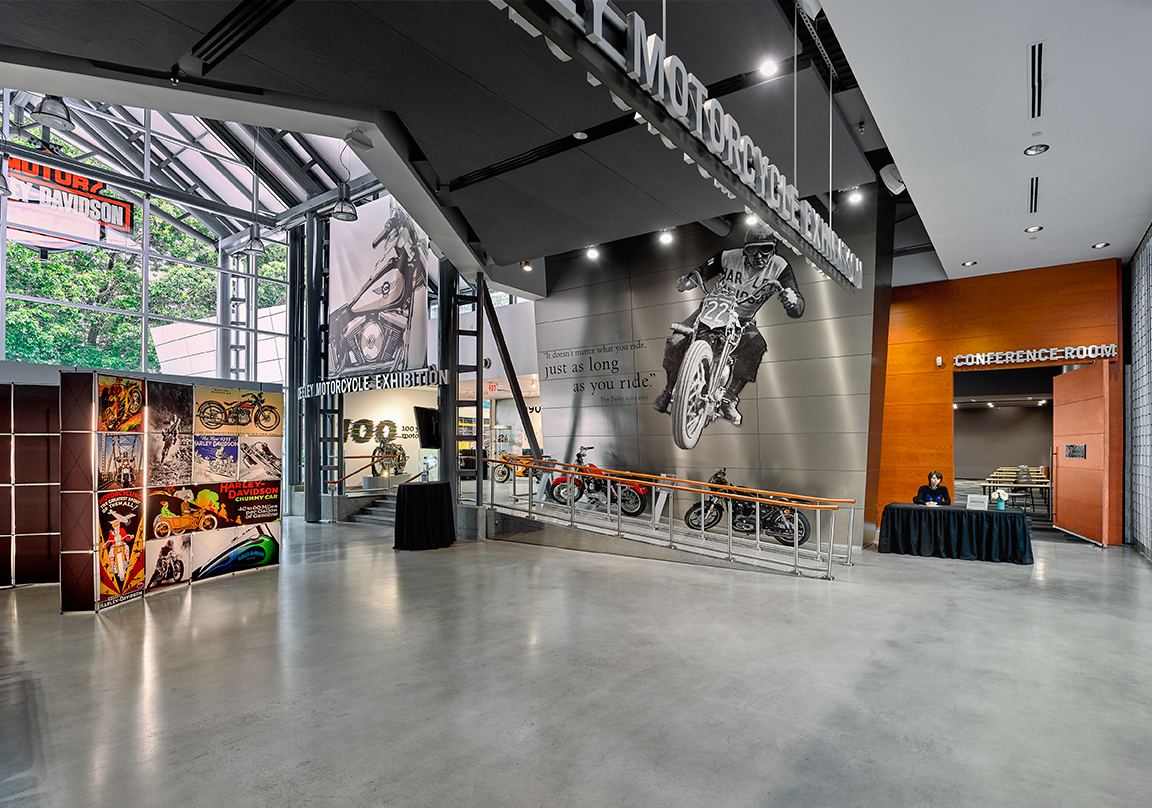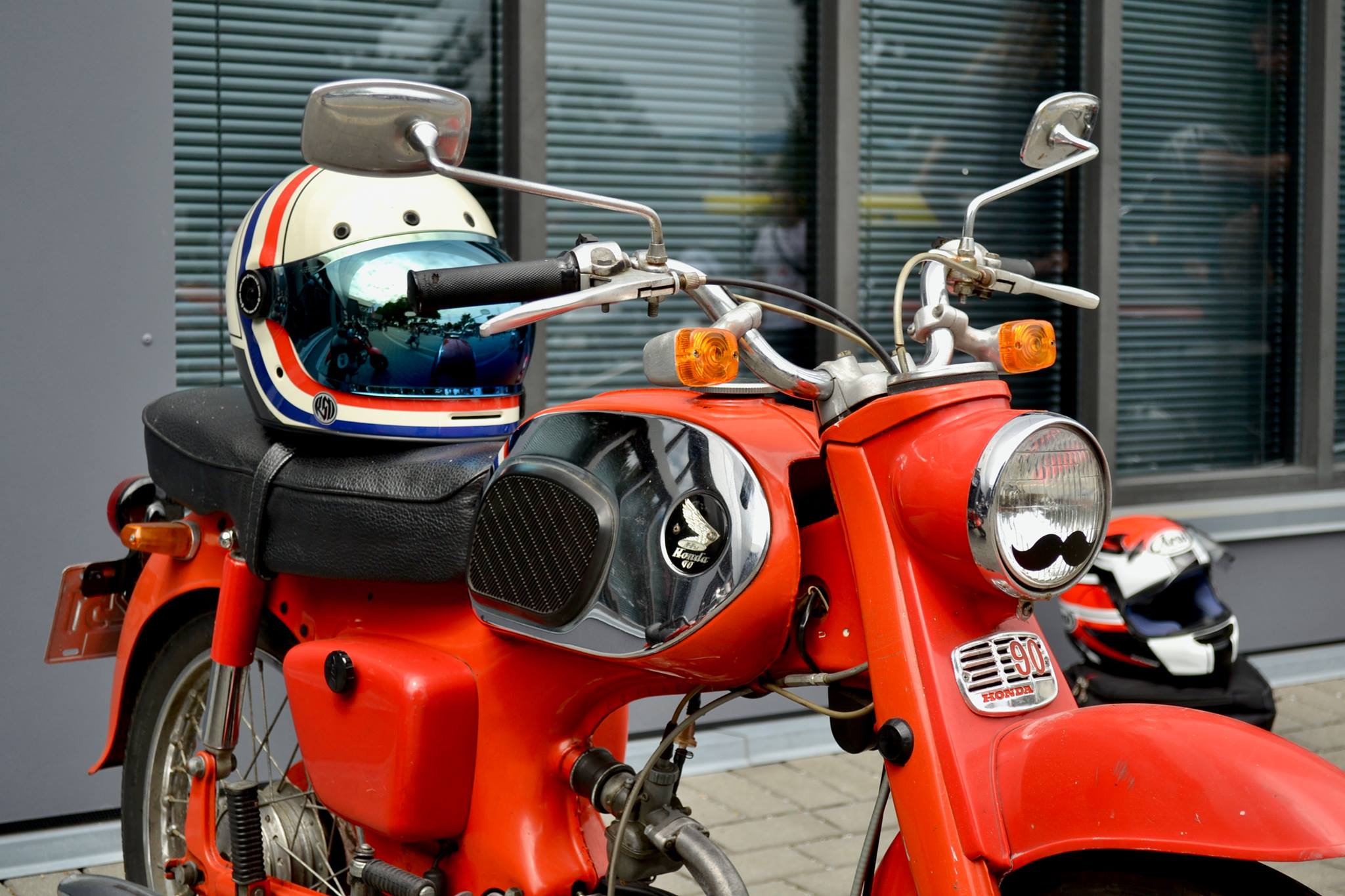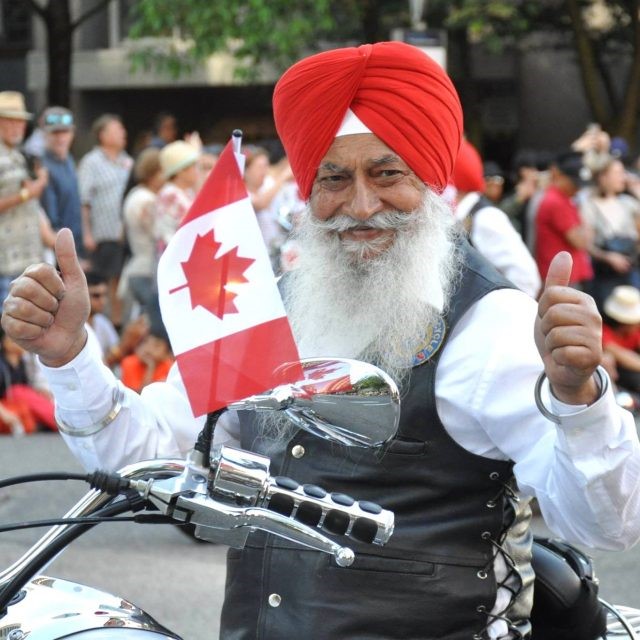Described by many as the “Rolls Royce of Motorcycles” in its hey-day, Brough Superior was the pinnacle of luxury motorcycles; appealing to nobility, aristocracy, and even royalty. Starting around 1914, George Brough began developing his brand as a way to branch out from under the shadow of his father’s flat track success. George wanted a motorcycle unlike any other he had encountered before. He wanted to create a motorcycle that fit all of his personal ideals. While still doing War work, Brough took his share of his inheritance and spent his days developing the now iconic brand in a small shop in Nottingham. By 1920 the first advertisement was released. George was an innovator in motorcycles, developing the first prop stand, twin headlamps, crash bars, and interconnected silencers. Although there were four primary models during Brough’s popularity, the SS100, S880, SS680 O.H.V., and the Model 11.50, each Brough motorcycle was customizable, made to each rider’s specifications and needs. This is partially where the exclusivity of the brand comes from, but also, by manufacturing standards, only around 3000 were ever made. Unfortunately, production came to an end during the close of the Second World War, with a recent revival of the brand beginning in 2017. However, our story doesn’t end there.

Part of Brough Superior’s renown and success came from the prestigious people who owned a Brough. One of the most famous owners and riders of Brough Superiors was T. E. Lawrence, otherwise known as Lawrence of Arabia. Lawrence was a British soldier, scholar, and writer. During the First World War his sympathies with the Arab people brought him to mobilize an Arab revolt in which he led a small force against Turkey that attacked communication and supply routes. Sensationalization of his time in the East led to his fame upon his return to England.
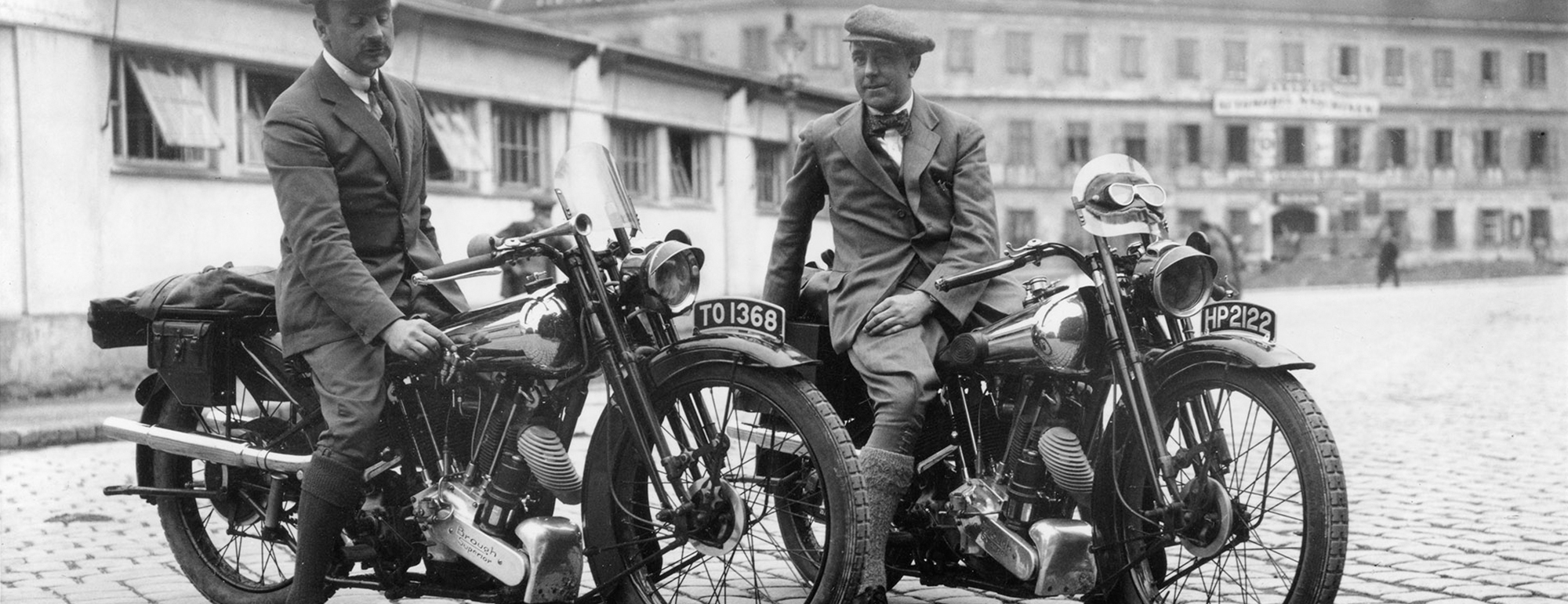
Lawrence was a proud owner of Brough Superior, having owned eight in his lifetime, describing one of his bikes as, “… a skittish motorcycle with a touch of blood in it.” He even gave his favorite, a 998cc, the nickname of “Boa” which was a shortened version of the Aramaic word meaning “son of thunder.” It was on this 998cc that Lawrence met his tragic end. The story goes that while riding near his Dorset home in England, a small dip in the road blocked his view of a couple of boys on bicycles ahead. Maneuvering to avoid the boys, Lawrence went flying off his bike and hit his uncovered head. Sadly, it was common to ride without a helmet at that time. On May 19th, 1935, six days after the accident, T. E. Lawrence passed away at the age of 46. His death was hailed a “tragic waste” by the New York Times.
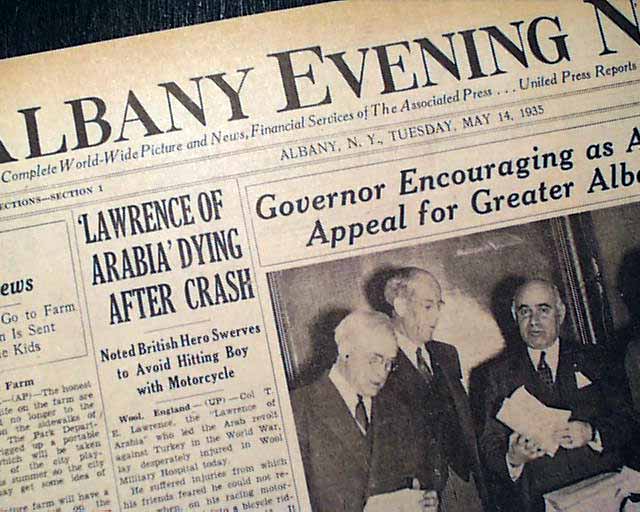
One of the attending medics at the hospital was Hugh Cairns; one of Britain’s first neurosurgeons. Cairns’ post-mortem found that Lawrence had passed away from severe lacerations and damage to the brain. Had he survived, the brain damage would have left him blind and unable to speak. It is speculated, through examination of his diaries, that it was Lawrence’s death that first led Cairns to begin to formulate his thoughts on crash helmets. It wasn’t until six years after Lawrence’s death that Cairn’s, now a consulting neurosurgeon to the Army, published an article in the British Medical Journal on the importance of the crash helmet. His findings showed that in the 21 months leading up to the Second World War, of all the motorcycle deaths in England, 2/3 of those deaths were from head injuries. His conclusion was that crash helmets should be examined more closely, not as an ultimate solution, but as a way to mitigate the amount of motorcycle deaths. In November 1941, the same year as the articles publication, the British Army having been convinced by Cairns, ordered all dispatch riders to wear helmets. It was the coming together of a legendary motorcycle and a legendary man that led to Cairn’s research, and eventually to the widespread use, for both military personnel and civilians, of the crash helmet.
